1.Douglas RD. Color stability of new generation indirect resins for prosthodontic application. J Prosthet Dent. 2000. 83:166–70.
2.Kim HJ., Heo SJ., Koak JY., Chang IT. Color stability of current prosthetic composites under accelerated aging and Immersion in a coffee solution. J Korean Acad Prosthodont. 2002. 40:225–35.
3.Kim HJ., Kim KJ., Cho HW., Jin TH. The study on the color stability of composite resin. J Korean Acad Prosthodont. 2002. 40:79–87.
4.Ruyter IE., Nilner K., Moller B. Color stability of dental composite resin materials for crown and bridge veneers. Dent Mater. 1987. 3:246–51.

5.Esquivel JF., Chai J., Wozniak WT. Color stability of low-fusing porcelains for titanium. Int J Prosthodont. 1995. 8:479–85.
6.Lee SH., Lee YK., Lim BS., Kim CW. Changes in the translucency and color of laboratory resin composites after thermocycling. J Kor Res Soc Dent Mater. 2003. 30:189–98.
7.Um CM., Ruyter IE. Staining of resin-based veneering materials with coffee and tea. Quintessence Int. 1991. 22:377–86.
8.Tak HS., Park SJ. Influence of camphoroquinone on the properties of composites. J Kor Acad Conservative Dent. 2001. 26:41–50.
9.Horn HR. Practical considerations for composite resins and acid etching. Dent Clin North Am. 1981. 25:365–76.
10.Dietschi D., Campanile G., Holz J., Meyer JM. Comparison of the color stability of ten new-generation composites: an in vitro study. Dent Mater. 1994. 10:353–62.

11.Chung K., Greener EH. Degree of conversion of seven visible light-cured posterior composites. J Oral Rehabil. 1988. 15:555–60.

12.Kim KH., Kwon OS., Kim HG., Baek KC., Um CM., Kwon HC. A study on the degree on conversion of light curing composite resin according to the depth of cure and light curing time. J Kor Acad Conservative Dent. 1997. 22:35–53.
13.Kildal KK., Ruyter IE. How different curing methods affect the degree of conversion of resin-based inlay/onlay materials. Acta Odontol Scand. 1994. 52:315–22.

14.Powers JM., Fan PL. Erosion of composite resins. J Dent Res. 1980. 59:815–9.

15.Powers JM., Fan PL., Raptis CN. Color stability of new composite restorative materials under accelerated aging. J Dent Res. 1980. 59:2071–4.

16.Powers JM., Bakus ER., Goldberg AJ. In vitro color changes of posterior composites. Dent Mater. 1988. 4:151–4.

17.Rueggeberg FA., Margeson DH. The effect of oxygen inhibition on an unfilled/filled composite system. J Dent Res. 1990. 69:1652–8.

18.Oysaed H., Ruyter IE. Water sorption and filler characteristics of composites for use in posterior teeth. J Dent Res. 1986. 65:1315–8.

19.Peutzfeldt A. Quantity of remaining double bonds of propanal-containing resins. J Dent Res. 1994. 73:1657–62.

20.Stansbury JW. Cyclopolymerizable monomers for use in dental resin composites. J Dent Res. 1990. 69:844–8.

21.Wendt SL Jr. The effect of heat used as secondary cure upon the physical properties of three composite resins. II. Wear, hardness, and color stability. Quintessence Int. 1987. 18:351–6.
22.Ferracane JL., Condon JR. Post-cure heat treatments for composites: properties and fractography. Dent Mater. 1992. 8:290–5.

23.Schulze KA., Marshall SJ., Gansky SA., Marshall GW. Color stability and hardness in dental composites after accelerated aging. Dent Mater. 2003. 19:612–9.





 PDF
PDF ePub
ePub Citation
Citation Print
Print



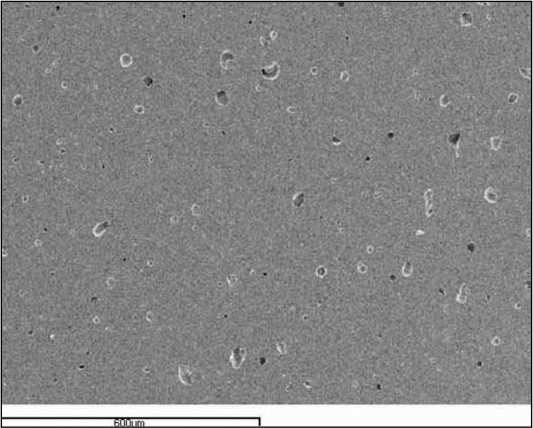
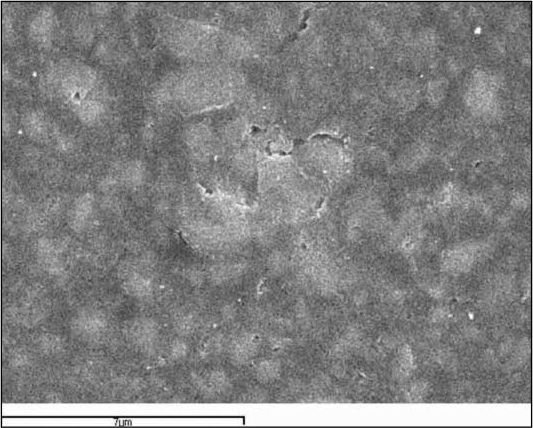
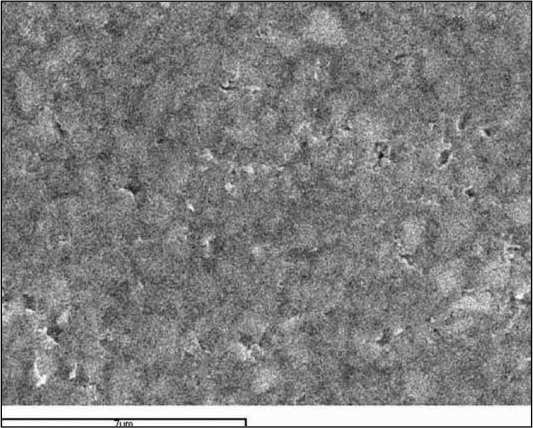
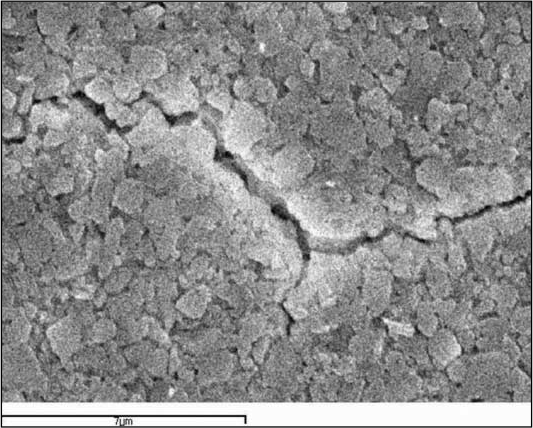
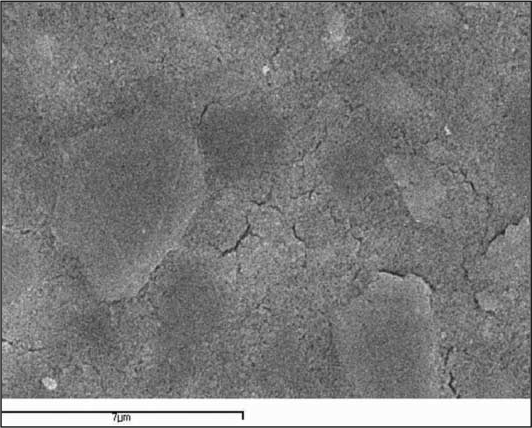
 XML Download
XML Download